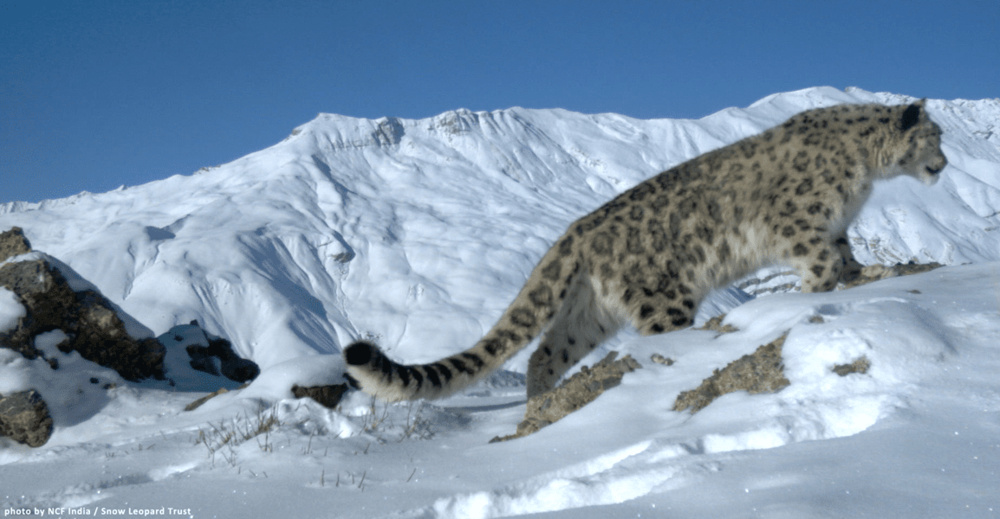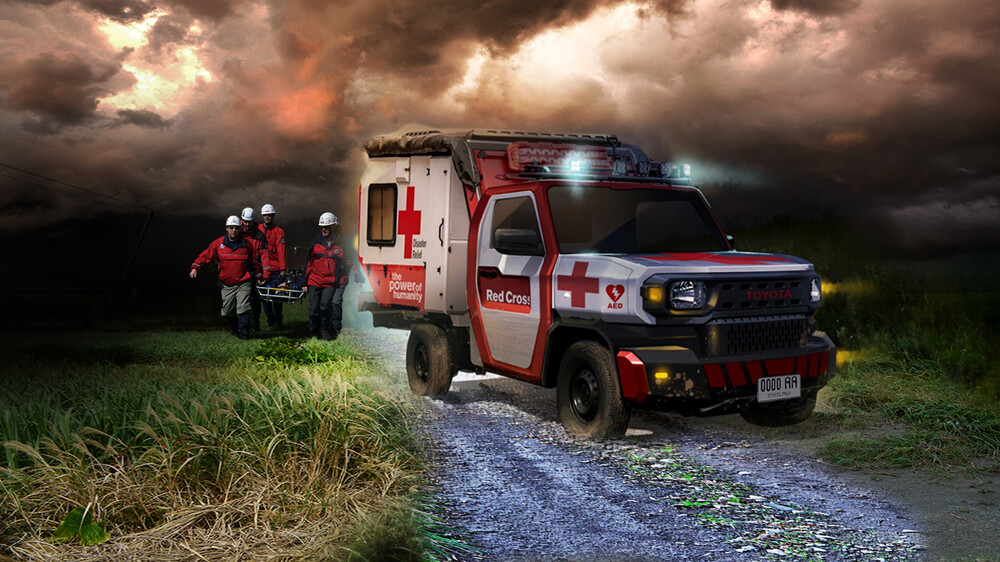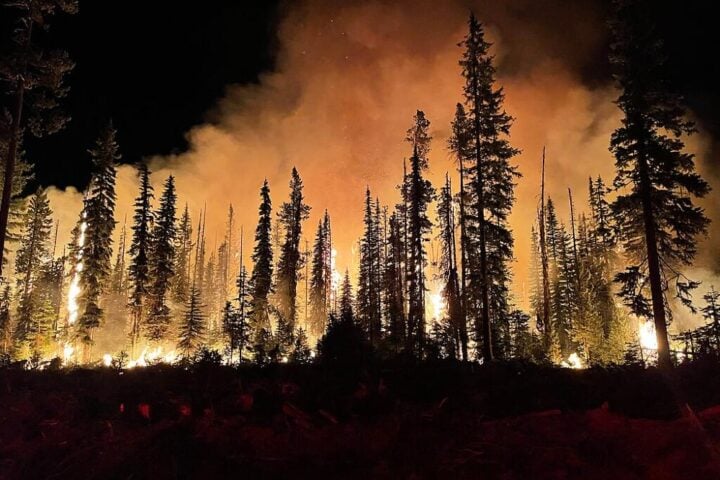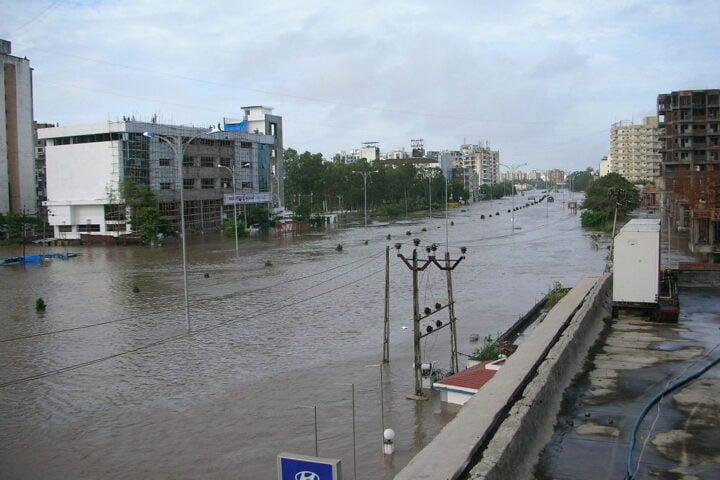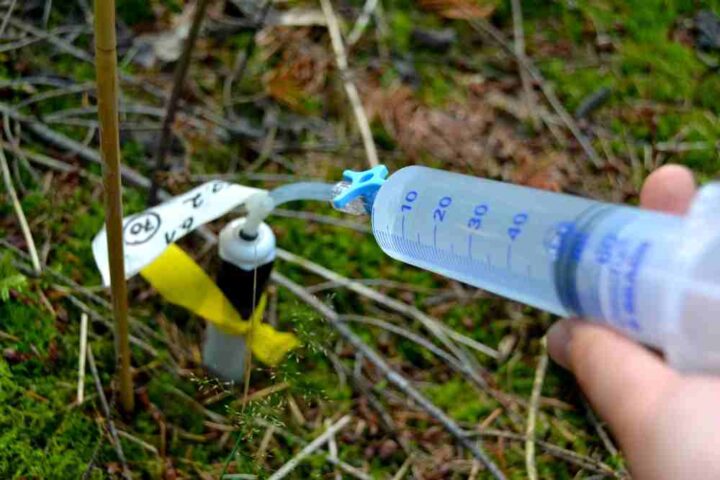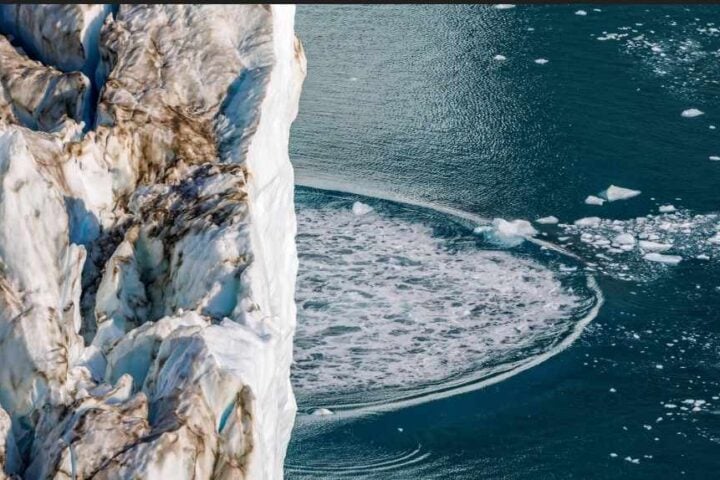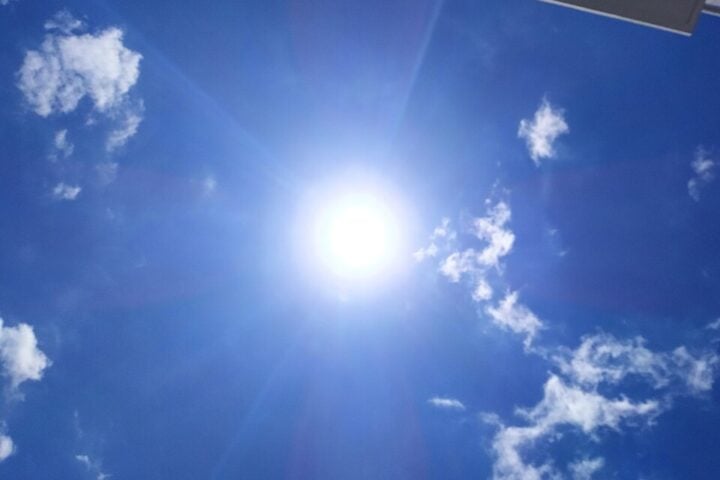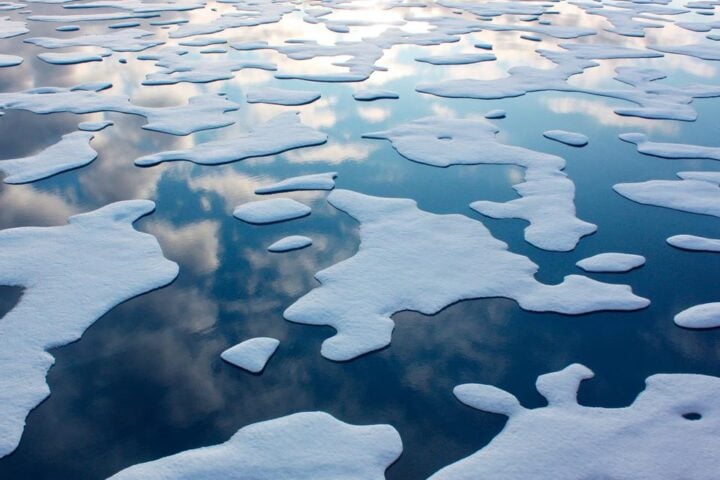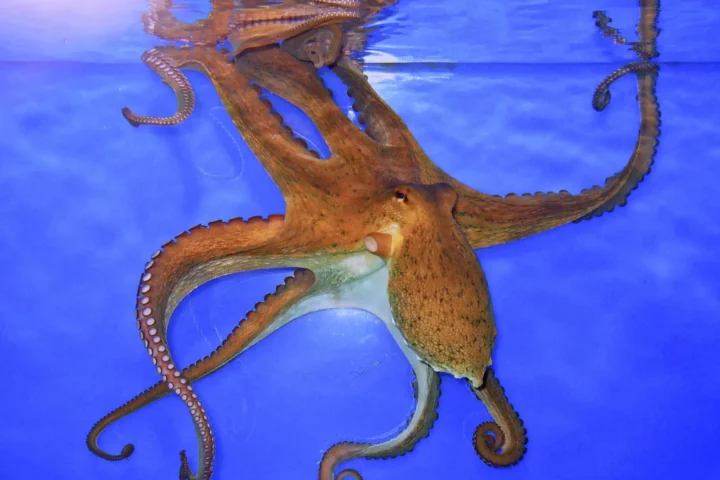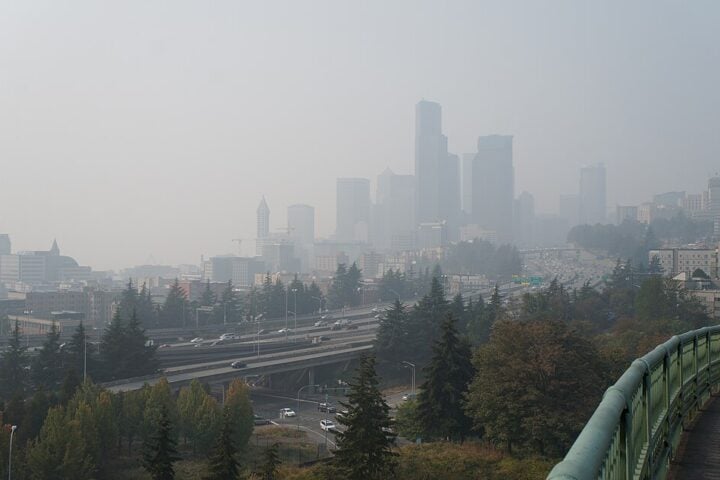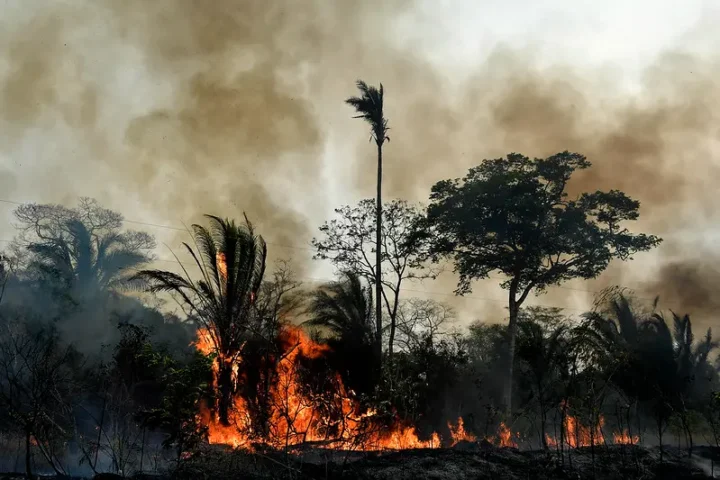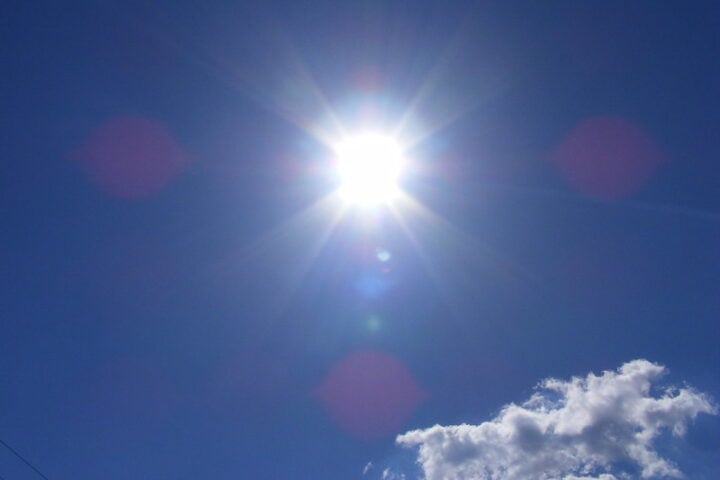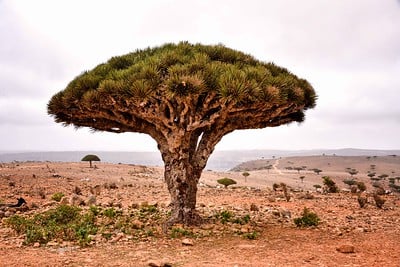The Himalayas, home to the enigmatic snow leopards, common leopards, and Asiatic black bears, are undergoing a silent yet profound transformation. These apex predators, crucial for maintaining ecological equilibrium, find their existence threatened amidst the rapidly changing climate and increasing human intrusions.
Snow leopards, often referred to as the ‘ghosts of the mountains,’ are adapting to these changes by migrating to higher altitudes, seeking refuge from both the warming climate and human encroachment. This adaptation is a survival response, as revealed in a study highlighting the impact of climate change and human disturbance on the Himalayan carnivores. The study, conducted in the Greater Himalayas, emphasizes the snow leopards’ upward migration away from human settlements, a pattern driven by the need to find cooler habitats and avoid human conflict, especially as traditional herding practices evolve due to glacial melting altering water resources.
Conversely, common leopards and Asiatic black bears are descending into lower altitudes, seeking areas with denser vegetation. This migration pattern, however, brings them perilously close to human settlements, increasing the likelihood of human-wildlife conflicts. Such proximity is fraught with danger, offering these animals easy prey but also positioning them as direct threats to local communities.
The research, centered around the high-altitude Kishtwar National Park, is a clarion call to the dire need for climate-adaptive conservation strategies. These strategies are essential not only in the Himalayas but also in other mountainous regions globally facing similar environmental challenges.
Similar Posts
The Himalayas are experiencing a warming trend at an alarming rate, significantly faster than the global average. This accelerated warming is not just a statistic; it’s a harsh reality for the region’s unique biodiversity. For snow leopards, the situation is particularly dire. Separate studies have underscored the multitude of challenges these creatures face, including rising temperatures, retreating glaciers, loss of water sources, and drastic habitat changes. These majestic cats are not merely fighting for survival; they’re battling for their very home.
This struggle is not isolated to these animals; it’s a global concern. The Himalayas are an integral part of our planet’s ecosystem. The consequences of this crisis extend far beyond local flora and fauna, impacting human lives and livelihoods. Saving these large carnivores is synonymous with preserving the ecosystems that sustain human life.
Amidst these challenges, there’s a beacon of hope. Conservationists and local communities are uniting for change. Through community-based conservation programs, conflict mitigation strategies, and climate-resilient habitat restoration, they’re making a difference. However, the need for action is urgent and must be escalated at both local and global levels.
The journey ahead is daunting, but it’s a collective responsibility. It’s a battle for the survival of the snow leopard, the common leopard, the Asiatic black bear, and ultimately, humankind. Their survival mirrors our future, and it’s a future we must fight for, together.
